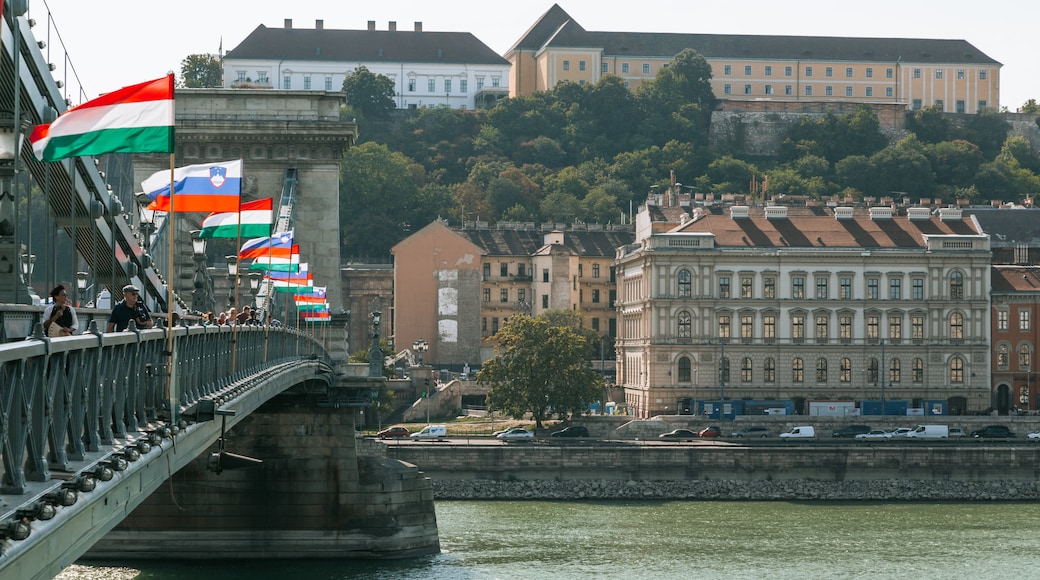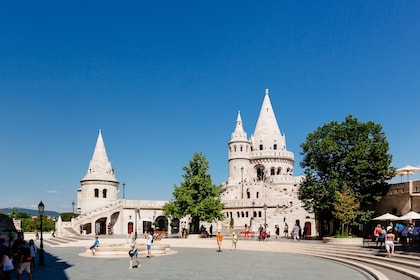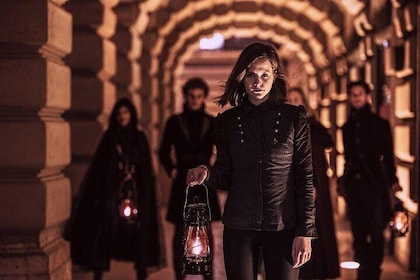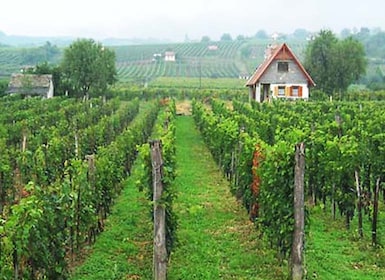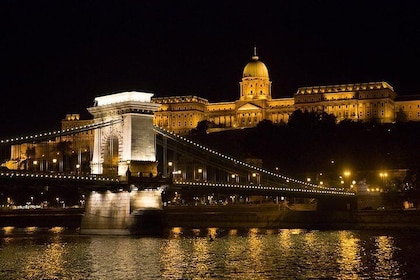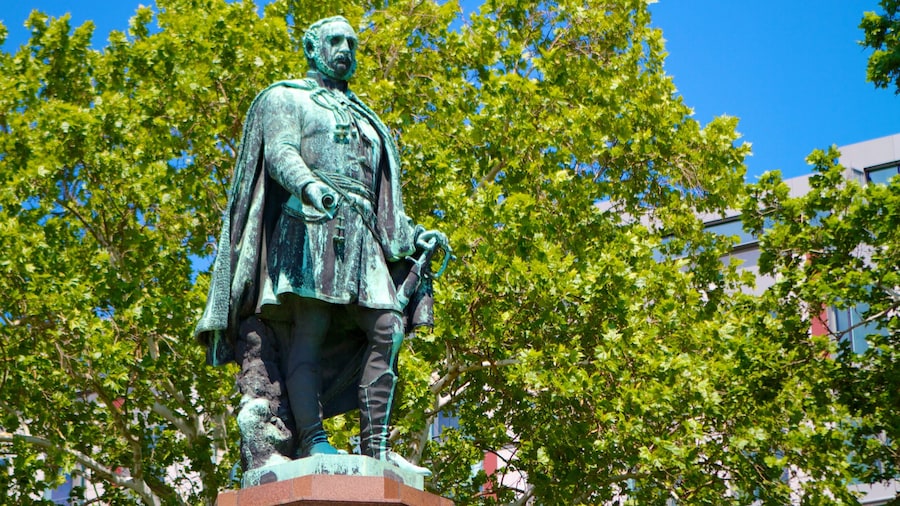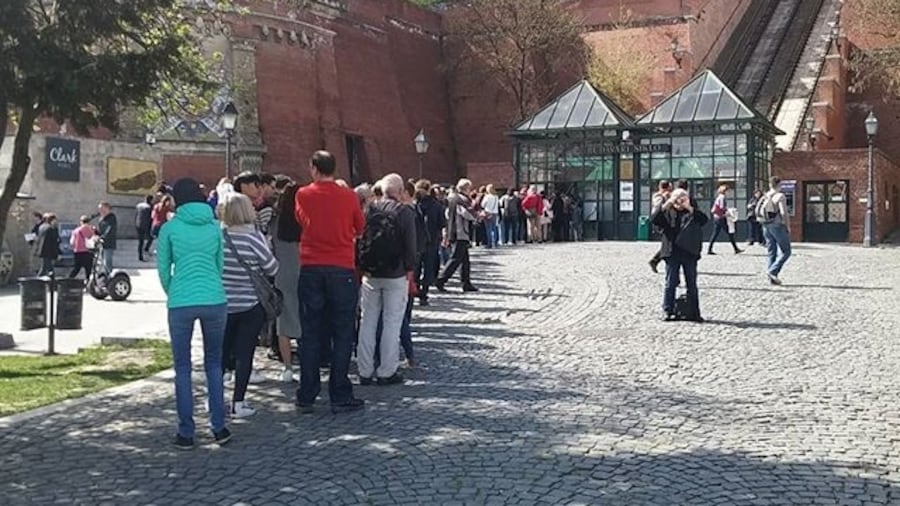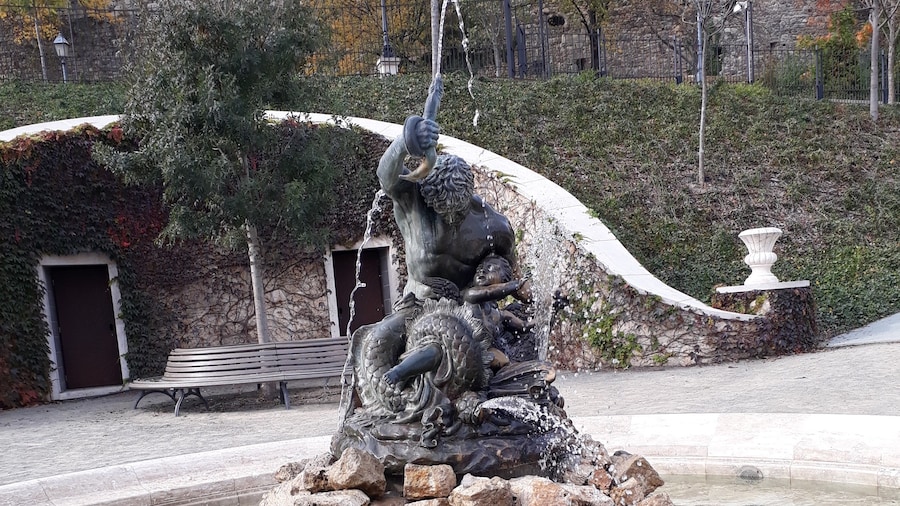Learn about the intriguing history and construction of the city’s most famous bridge, which offers interesting views along the River Danube.
The Széchenyi Chain Bridge is the oldest bridge connecting the two sides of Budapest across the River Danube. Opened in 1849, it was considered a triumph of engineering and played a huge role in the growth of the city. Admire the elegant classicist design of this cast iron suspension bridge that has become an icon of Budapest.
See the iron chains that lead from the top of the pillars across the bridge. Encounter the lion statues that guard the entrances. Capture photos of the bridge that incorporate its two large arched towers. Couples attach locks to the side of this bridge as a romantic gesture.
Make your way through the tunnel in Buda Hill to reach the beginnings of the bridge. The tunnel is roughly the same size as the bridge, which has a total length of 1,230 feet (375 meters) and a width of 49 feet (15 meters).
See the structure at night, when its towers are illuminated against the night sky. Stand in the center of the bridge for a view of Budapest’s skyline, with Buda Hill and Gresham Palace among the nearby highlights.
Note the inscription on either side of the bridge bearing the name of its 19th-century architectural supervisor, Adam Clark. Read the plaque on the eastern Pest flank that commemorates another architect.
The construction of the bridge took 9 years from 1840. It takes its name from István Széchenyi, one of the main proponents of the project. English engineer William Tierney Clark designed it as a larger version of his Marlow Bridge on the River Thames in London. Hear how retreating German forces blew up the bridge at the end of World War II. It was reconstructed in 1949.
The Széchenyi Chain Bridge connects Buda with Pest right in the heart of the city. It is to the north of the Elisabeth Bridge on the River Danube. Ride the subway to the Vörösmarty tér metro stop on the eastern flank of the river. You can also take a bus or boat to one of the stops near the bridge.


